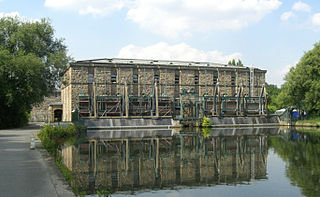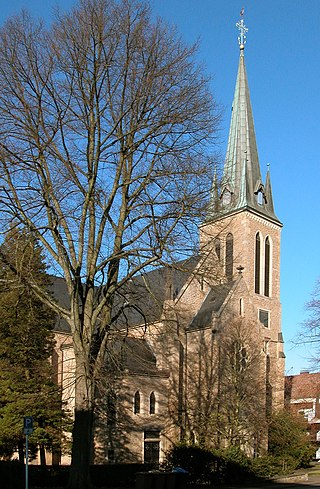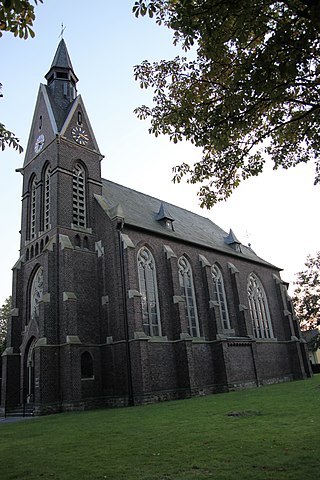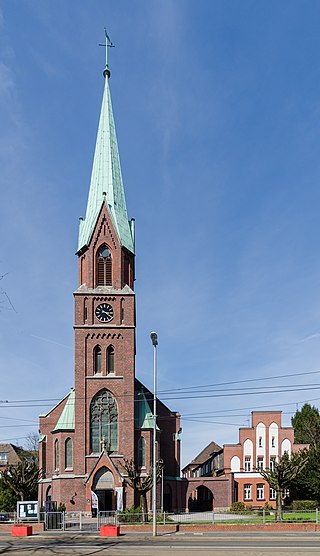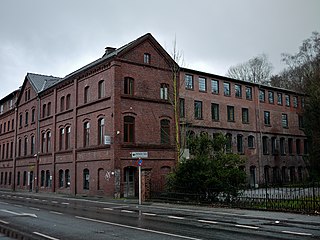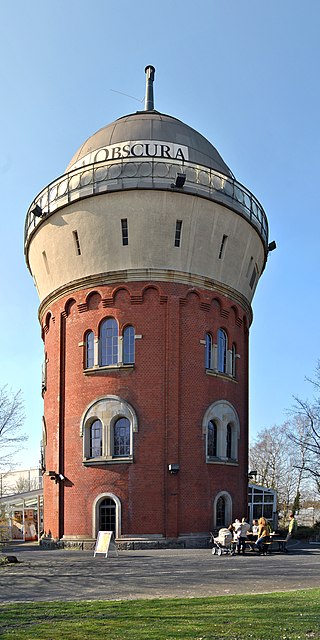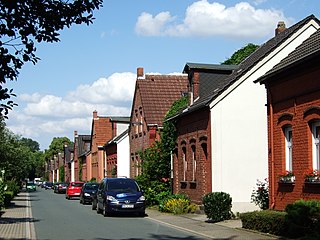14 Sights in Mülheim an der Ruhr, Germany (with Map and Images)
Legend
Welcome to your journey through the most beautiful sights in Mülheim an der Ruhr, Germany! Whether you want to discover the city's historical treasures or experience its modern highlights, you'll find everything your heart desires here. Be inspired by our selection and plan your unforgettable adventure in Mülheim an der Ruhr. Dive into the diversity of this fascinating city and discover everything it has to offer.
Sightseeing Tours in Mülheim an der Ruhr1. Ruhrbahn KundenCenter
Ruhrbahn GmbH is a joint transport company of the cities of Essen and Mülheim an der Ruhr for local public transport. It was created in 2017 from the merger of Essener Verkehrs-AG (EVAG) and Mülheimer Verkehrsgesellschaft (MVG).
Wikipedia: Ruhrbahn (DE), Website, Twitter, Facebook, Instagram, Youtube
2. Kunstmuseum Mülheim
The municipal art museum in Mülheim an der Ruhr shows art of the 20th and early 21st century. Since 1994 it has been in the listed former imperial post at the Synagogenplatz 1 in the center of the city. The museum is one of the twenty -one Ruhrkunstmuseums. Another art museum in the city of Mülheim an der Ruhr is the private MMKM Museum Moderne Kunst Mülheim, which is located in Ruhrstraße 3 at the inner city park "Ruhranze" in the listed Villa Schmitz-Scholl.
3. St. Mariä Himmelfahrt
Saarn Abbey is a former Cistercian abbey in Mülheim an der Ruhr in the Saarn district, directly on Bundesstraße 1. The well-preserved and restored monastery complex has building components from the 13th to the 19th century.
4. Petrikirche
Today's Protestant St. Peter's Church, the oldest church building in Mülheim an der Ruhr, dates back to the chapel of a medieval manor house on today's church hill. It is one of eight churches in the An der Ruhr church district that are under monument protection.
5. Haus Ruhrnatur (Naturkundemuseum)
Haus Ruhrnatur in Mülheim an der Ruhr was established in 1992 by the Rheinisch-Westfälische Wasserwerksgesellschaft, which currently belongs to the E.ON Group. Similar to the Aquarius Water Museum of the same owner, it is dedicated to the theme of "water".
6. Ringlokschuppen
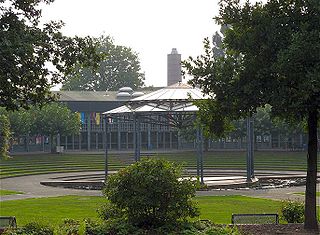
The Ringlokschuppen in Mülheim an der Ruhr is a place for advanced cultural projects of the independent scene – theatre, music, dance, performance, readings – and a venue for the major festivals in the Ruhr area, the RuhrTriennale, the Mülheimer Stücke and the Impulse.
Wikipedia: Ringlokschuppen Mülheim (DE), Website, Heritage Website
7. Wasserkraftwerk Kahlenberg
The Kahlenberg hydroelectric power plant is one of two run-of-river power plants in Mülheim an der Ruhr. The power plant is located in the Altstadt I district, a good 13 kilometers from the mouth of the Ruhr into the Rhine. It is located on the lock canal between the Dohneinsel with the Broicher Schlagd and the lock island of the Ruhrschleuse Mülheim.
8. Wilhelminenkirche
The Evangelical Church of Broich is a neo-Gothic hall church in the district of Broich in Mülheim an der Ruhr. It is one of eight churches in the An der Ruhr church district that are under monument protection. Since 1 August 2011, the Broich church has been one of three parish churches of the new Protestant parish of Broich-Saarn.
9. St. Theresia von Avila
The Selbeck Church of St. Theresa of Avila is a Roman Catholic church in Mülheim-Selbeck. The church of the Diocese of Essen belonged to the parish of Mintard from 1303 to 1927. The strong industrial turnaround caused by the Selbeck ore mines and the associated influx of miners led to the planning of a Catholic church. Count Hubertus Spee zu Linnep donated the necessary land and the "Selbeck Mining Association" financed the planned church building. In the course of time, the boundaries of the congregations have also often changed. On 27 June 1890, construction work began according to the plans of the Strasbourg master builder Franz Schmitz. On September 8, 1892, Cardinal Philipp Krementz consecrated the Selbeck church.
10. Witthausbusch
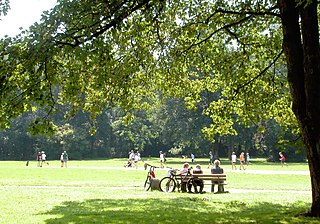
The Witthausbusch is the largest public park in the city of Mülheim an der Ruhr. Today, the facility is a popular local recreation area with large playgrounds and sunbathing lawns. It is located about two kilometres southeast of the city centre in the district of Menden-Holthausen. The sponsor is the city of Mülheim an der Ruhr, Office for Green Space Management and Cemetery Management.
11. Lutherkirche
The Protestant Luther Church is located at Duisburger Straße 278 in the district of Speldorf in the North Rhine-Westphalian city of Mülheim an der Ruhr. The sacred building was inaugurated in 1883 and is thus the oldest place of worship in Speldorf. The Luther Church, together with adjacent buildings of the parish, is listed as an ensemble. It is a reliably open church.
12. Lederfabrik Carl Abel
The Abel leather factory is one of the last surviving leather factory buildings in Mülheim an der Ruhr and has been the location of the Leather and Tanner Museum since 2003. Together with the last remaining active production facility – the Lindgens leather factory – it is part of the Route of Industrial Heritage.
13. Camera Obscura
The Museum zur Vorgeschichte des Films is a permanent exhibition on the development of moving images before the invention of cinematography. Together with the world's largest walk-in camera obscura, the museum is housed in a 25.5 m high water tower in the Broich district of Mülheim. Together with the neighbouring roundhouse, the water tower is part of the Industrial Heritage Trail.
Wikipedia: Museum zur Vorgeschichte des Films (EN), Website, Facebook, Instagram, Heritage Website
14. Bergarbeitersiedlung Mausegatt
The Mausegatt/Kreftenscheer miners' settlement in the Holthausen district of Mülheim an der Ruhr was built as a Wiesche colony for the workers of the Wiesche colliery. Today, the 106 preserved houses are listed as historical monuments and are part of the Route of Industrial Heritage.
Share
How likely are you to recommend us?
Disclaimer Please be aware of your surroundings and do not enter private property. We are not liable for any damages that occur during the tours.
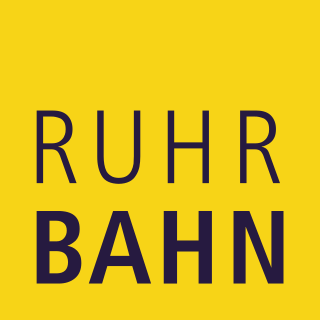
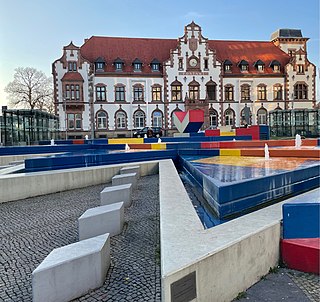
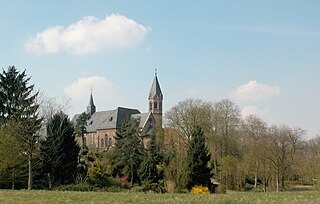
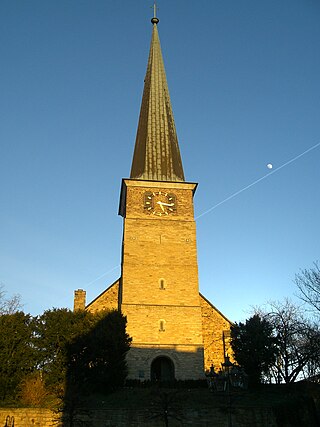
.jpg)
